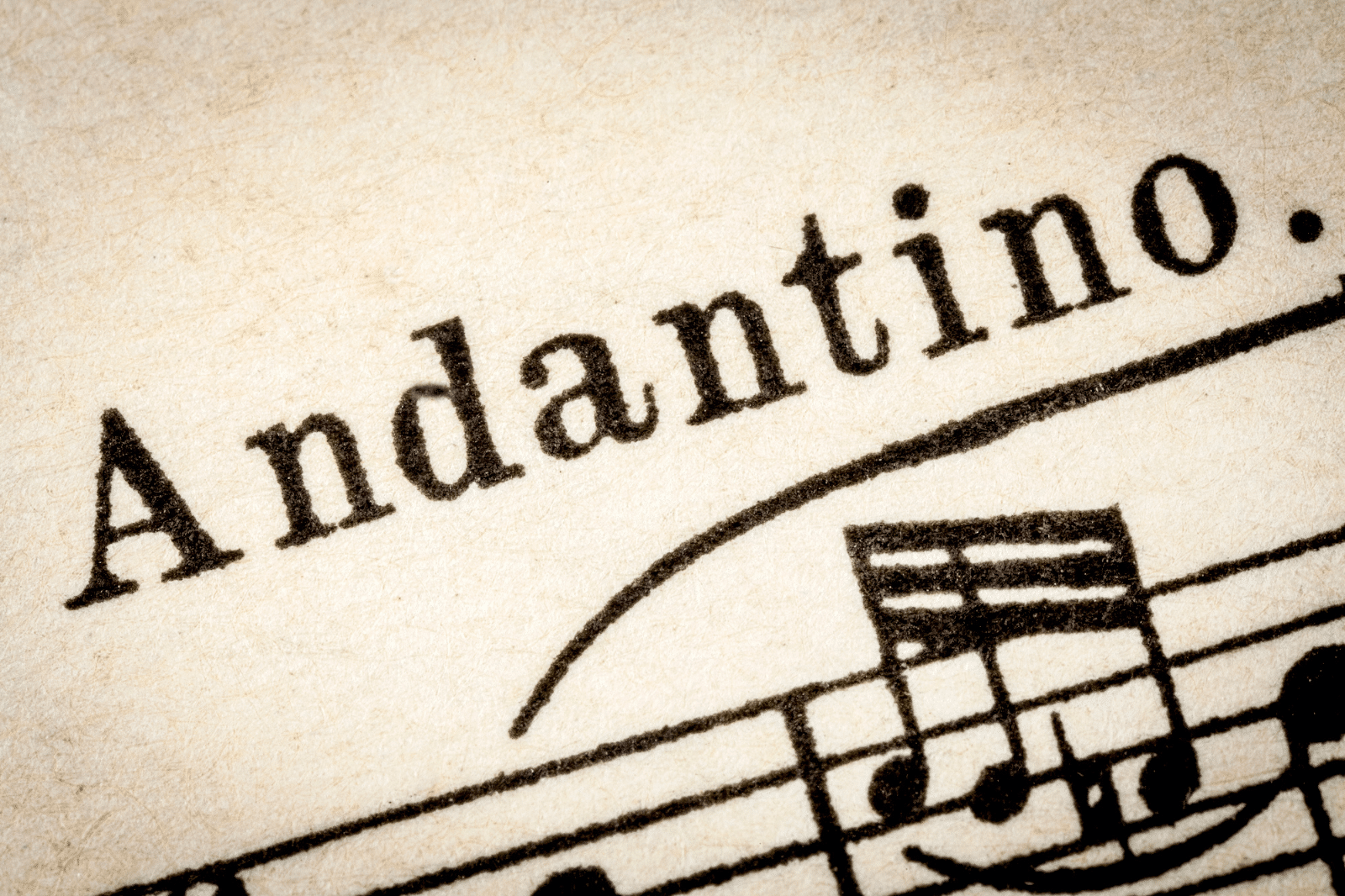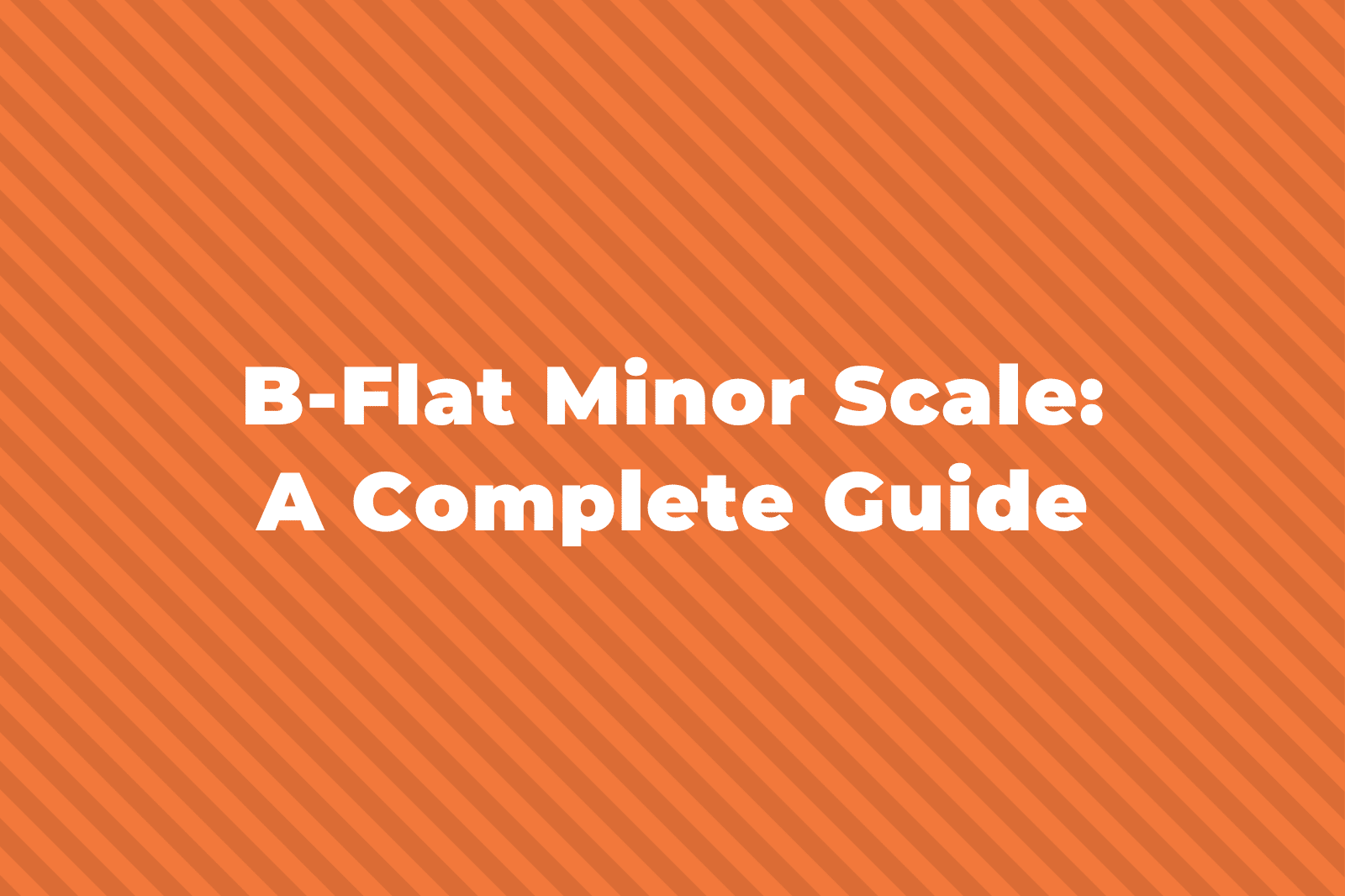Every performer wants to be unique and to inject something special into each performance. At the same time, music is written in a structured format with rules and conventions that need to be followed.
So how can you display your talent while at the same time staying true to the composer’s intentions?
Many musicians see their contribution to music as a collaboration with the composer and, through the use of rubato, they can allow their skill and talent to shine through their performance.
If you’ve ever wondered what rubato is and how you can use rubato to improve your performance, then read on…
But First, What is Tempo?
To understand rubato, you first need to understand tempo.
Tempo is the speed at which a piece of music is played.
A piano teacher of mine once told me that every piece of music has a specific period of time in which to be completed.
And just as in the story of Goldilocks and The Three Bears, where the porridge was not too hot and not too cold, your performance should be, not too fast and not too slow, but just right.
The tempo is conveyed by means of either bpm (beats per minute), traditional terminology (usually Italian), or through current language usage, also referred to as modern language.
You’ll often see tempo referred to in terms of BPM which refers to the number of beats in 1 minute – for example, 60BPM means that there should be 60 beats per minute or one note for each second of time
Definition of Rubato
The best definition of rubato in music is the freedom or flexibility to choose your own tempo for a part or a phrase of music.
It is important to note that this is not a one-dimensional slowing down or speeding up of the musical score, but a sensitive adjustment to the feel of the music.
In essence, you get to choose how strictly you adhere to the composer’s indicated tempo, and in this way, the musician gets to express themselves through their performance.
The Two Types of Rubato
There are two distinct types of rubato.
The older form rubato used by the likes of Chopin or Mozart is less obtrusive and can be described more accurately as skewing the tempo rather than playing without reference to the marked time of a piece.
Here the time is “robbed” from one note is replaced by time from another, producing a tempo that remains within the bounds of the marked tempo of the entire score.
The modern or more commonly understood type of tempo rubato, as seen with composers like Liszt, is more flexible in that it stretches and contracts time, speeding up and slowing down without reference to the marked time of the score.
Both the melody and the accompaniment are stretched and shortened to achieve the desired effect.
The more modern form of rubato, used with exquisite taste and sensitivity, is ethereal in quality, whereas used to excess, it destroys the fabric of the music to the detriment of the performance.
It is for this reason that rubato is considered such a controversial technique.
How to Notate Rubato
Composers are known to write “rubato” or “tempo rubato” at the beginning of a piece to indicate a flexible tempo, and then “tempo giusto” or “non-rubato” to indicate the return to time (a tempo) later in the music.
Why is Rubato Used?
The use of flexible time allows accomplished musicians to express themselves through their performances.
Their technique accomplishes this through experience and feel for the music in a way that cannot be conveyed through conventual articulation marks.
Examples of Rubato
Chopin’s Nocturne in B Flat Minor, Op. 9 No. 1: “A Madame Camille Pleyel” is an excellent example of the use of rubato used sensitively and with due respect for the emotion of the work.
One of my absolute favourites is Liszt’s: Liebestraum No. 3, Notturno (Barenboim).
This is an unbelievably emotional piece of music and displays all the sensitivity and depth of feeling associated with tempo rubato employed by an accomplished pianist.
In Conclusion
In order for a performance to succeed, the musician/s, composer, and audience need to come together in the moment to experience the feeling and emotion created by truly great music.
Nowhere is it more difficult or controversial than when a musician departs from the composers’ instructions and creates a new experience.
Sometimes it works and at other times it founders and fails to fulfill expectations.
Yet even more difficulty arises when a composer directs the musician to decide for themselves how to express a piece of music through the explicit use of tempo rubato.
This becomes a minefield for the inexperienced musician and an opportunity for an experienced and accomplished musician to shine.
I trust that you now have a better understanding of what it takes to succeed with tempo rubato.



